Nature is always beautiful, invincible and merciful. It heals any scars, and it does not matter what is suffering: earth, water, heaven or human hearts. And even living in big cities, where sometimes you need to walk a few blocks to see a full, branchy tree, you can find a way to communicate with nature closer. A lot of national parks are scattered across the United States, each of which is worth a visit.
If you need a little push to plan the weekend outside the city, we are glad to inform you that the National Park Service has made entrance to every park in the US free of charge, however, only for one day in September 30, 2017.
The reason for such generosity is the celebration of the beginning of the second century of the work of the National Park Service. Last year, the organization celebrated the 100th anniversary of 100 in 2016, giving the residents of the United States as many as 10 free days in 2017.
The last day of September will be one of the final chords of this presentation, along with the weekend of November 11 – 12. Free access includes entry fees, commercial excursions and entry fees. For other paid services you still have to pay.
National parks are the same subject of US pride as the declaration of independence, flag or hymn. In total there are 58 protected parks in the country, we suggest to get acquainted with the ten most famous.
Grand Canyon National Park, Arizona
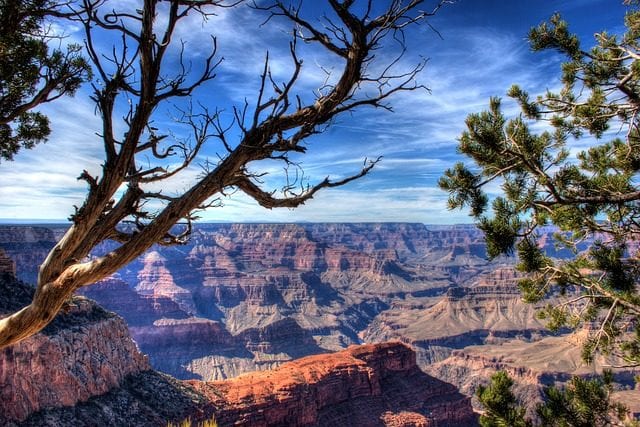
Image credit: AlexW93
The Grand Canyon, the most famous of the national parks of the United States, is famous not only for its size, but also for its stunning scenery. Those wishing to look at this wonder of the world so much that the administration is forced to impose restrictions on tourists, so it is better to familiarize yourself with the rules of preliminary recording and other conditions in advance. For autorists there is a special route – South Rim Drive, which, however, is sometimes closed to private transport.
Yellowstone National Park, Wyoming / Montana / Idaho

Image credit: skeeze
The first national park in America (and in the world) was created in 1872, and in 1976 it was among the UNESCO World Heritage sites. Here there are about two thirds of all the geysers of the planet and Yellowstone Caldera – a dormant super volcano, whose frozen lava covers most of the park’s territory.
In the park are found almost 60 species of mammals, including rare: lynx, wolves and grizzly bears. Of the large – black bear baribal, deer wapiti, elk, black-tailed deer, snow goat and puma, and the livestock of bison is one of the largest in the country: there are about four thousand of them.
Acadia National Park, Maine
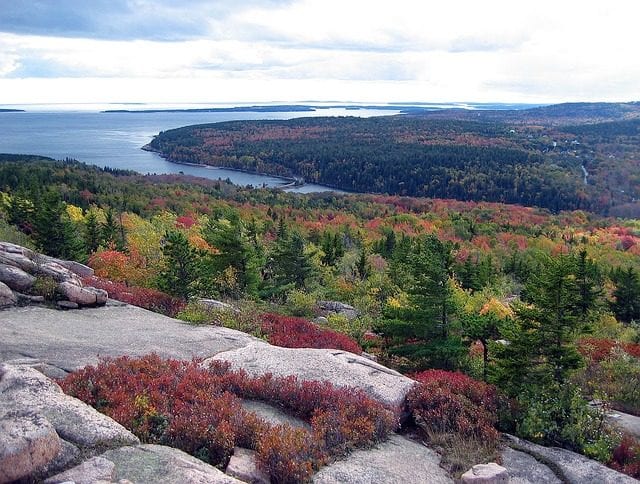
Image credit: 12019
The Acadia National Park on the Atlantic coast is granite peaks, pine forests and many lakes. A landmark, the Cadillac mountain of pink granite, the first in the US, meets the dawn.
Here live about 340 species of birds, coyotes, foxes, raccoons, otters, virgin deer and hares. In the coastal waters you can see dolphins, seals and even whales. On the gravel roads and sandy beaches of the park is best to walk or mountain bike.
Yosemite National Park, California
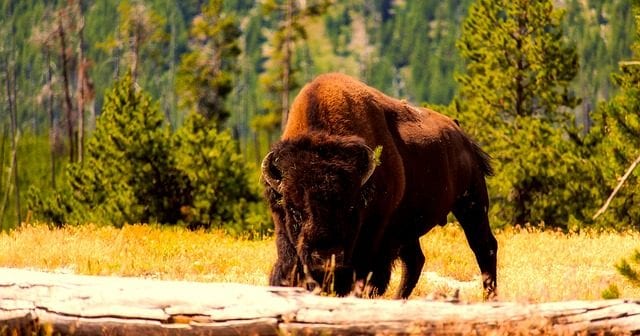
Image credit: 12019
A corner of untouched wilderness just three and a half hours from San Francisco. Every year it receives more than three million tourists, and all of them are usually limited to acquaintance with the Yosemite Valley – and this is only one-hundredth of the entire territory of the park.
All mountain slopes, valleys, canyons and granite domes in the park were formed as a result of glacial erosion. Surprisingly, here since the last glacial period and till now grow ancient trees sekvojadendrony.
Mount Rainier National Park, Washington
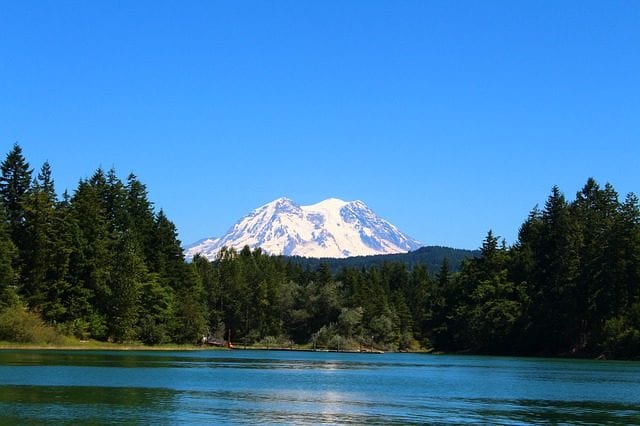
Image credit: brookesaugust
Over the vicinity of the park rises a sleeping volcano Rainier. Up to a height of two and a half kilometers it is covered with coniferous forests, a little higher – alpine meadows, at a level of three kilometers – glaciers and eternal snow. At the very top of the volcano there are 40 glaciers with a total area of 87 square kilometers.
Every year, about two million people visit the park for hiking, skiing or camping.
Petrified Forest, Arizona
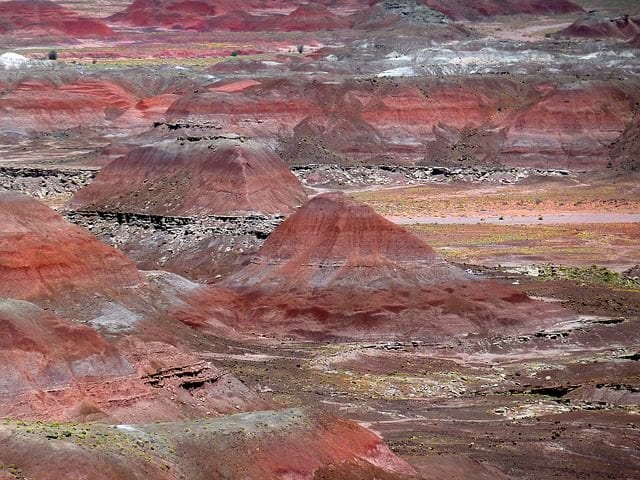
Image credit: werner22brigitte
Very unusual park. First of all, on its territory one of the largest collections of fossilized trees in the world that grew on the Earth about 225 million years ago. Here are found the fossilized remains of prehistoric animals and petroglyphs – the rock writings of ancient people. Unusual local landscapes pioneers called “painted desert” – because of the multi-colored clays of local hills.
Explore this park best on foot or on horseback.
Glacier National Park, Montana
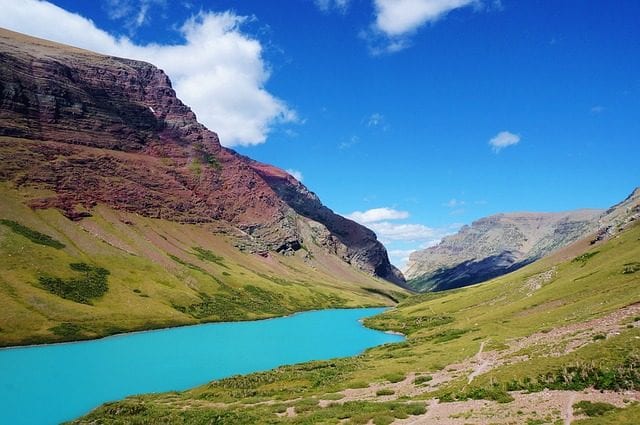
Image credit: CarinaChen
The park surprises with a variety of ecosystems – from the prairies to the tundra – and an abundance of animals: only grizzly bears here about 300 individuals! The park also has moose, snow sheep, mountain goats, North American deer, wolverines, coyotes and even pumas.
Unfortunately, the glaciers that gave the name to the park are on the verge of extinction: in 2010 there were 27 of them, and by 2030 they can disappear altogether. Glacier Park is located on the border of America with Canada, where it seamlessly passes into the Waterton Lakes National Park, and they both belong to UNESCO heritage sites.
Arches National Park, Utah
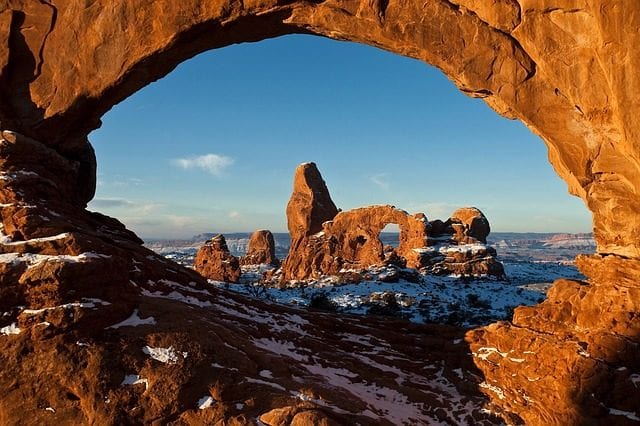
Image credit: skeeze
In the Arches National Park more than two thousand natural arches of sandstone. The most famous of them is the 20-meter “Elegant Arch”, also called “Cowboy Pants”.
In the park there are strict rules: it is forbidden to climb natural arches and bridges, which are included in the list of protected objects. On the remaining structures you can climb, but also with restrictions. The park has routes for both motorists and backpackers.
Crater Lake National Park, Oregon
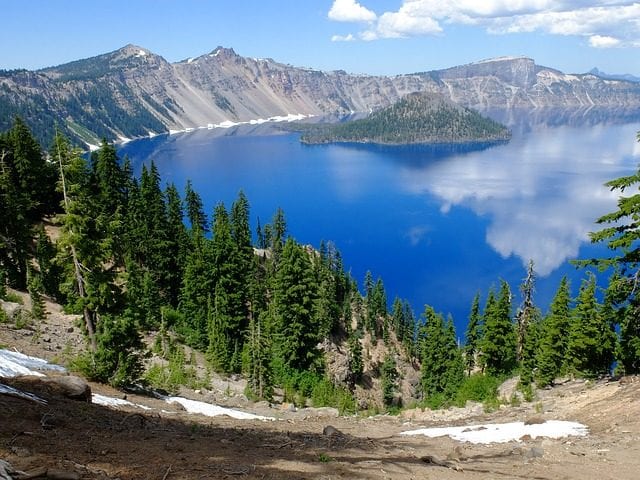
Image credit: mlle_farfalle
Perfectly round and deepest (594 meters) lake in the western hemisphere, Lake Crater Lake is in the caldera of a former volcano and is famous for its deep blue color and purity of water. The edge of this “boiler” is at a level of 2,100-2,400 meters above the sea, and the lake itself is at 1,883 meters.
The park permits hikes along the planned routes
